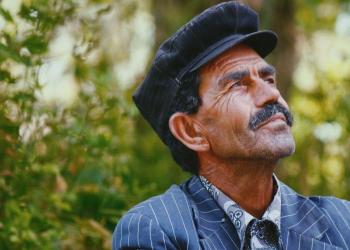
Europe & Central Asia
Albania is characterized by a high rate of seismicity which causes regular earthquakes, sometimes accompanied by extensive land instability, such as surface cracks, landslides and rock slides). Albania is also frequented by other hazards including flooding and torrential rains, droughts, snowstorms, windstorms, avalanches, forest fires and epidemics. Urbanization has resulted in technological hazards like industrial pollution, toxic wastes, transport accidents, factory explosions, dam bursts and chemical spills. Disasters arising from these threats result in live losses (people and livestock), damage to the agricultural sector, infrastructure and the economy. Environmental risks include the deterioration of biodiversity, soil erosion, and the continued existence of high-risk areas with respect to environmental pollution.
In 2011, the CADRI Partnership expertise was mobilized to apply the CADRI methodology to support a capacity assessment in disaster risk reduction. The assessment informed the Government national programme as well as the implementation of the South Eastern Europe Disaster Risk Mitigation and Adaptation Programme.

 English
EnglishAlbania - Capacity Diagnosis Report
1 Apr 2011
